What’s Involved With Fire Sprinkler Inspections
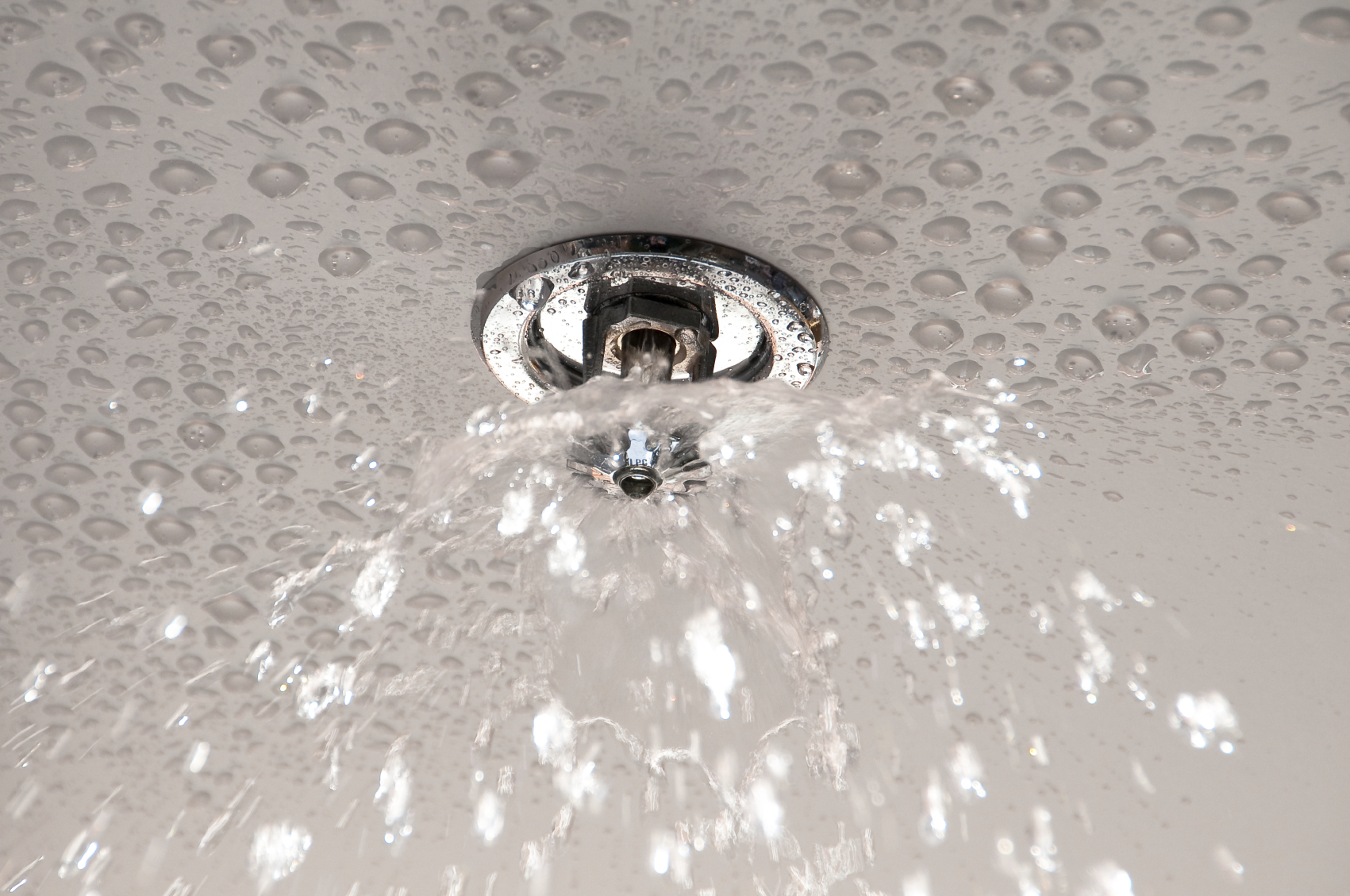
As a business owner or property manager, you know how critical it is to keep employees, visitors, property, and equipment safe from fire dangers. However, you might not know how often your fire sprinkler system should be inspected and what you can expect during the examination.
Firetech’s fire sprinkler inspection, testing, and maintenance services help you keep your business and the people who work there protected against fire-related damages and injuries. If you’re unfamiliar with the steps involved in a commercial fire sprinkler inspection, we’ll cover what happens once you schedule one with our technicians.
Why Commercial Fire Sprinkler Systems Need Inspecting & Testing
Fire sprinklers are among the most effective protections your business has against devastating fire damage or loss of life. It’s essential to regularly inspect and test the system to ensure it’s functional and code-compliant. In fact, all fire sprinkler inspections and testing are mandated by law and, depending on the system, must be completed by a professional fire safety company annually, semiannually, quarterly, and monthly.
Steps in the Fire Sprinkler Inspection Process
The National Fire Protection Association sets the minimum requirements for commercial fire sprinkler system testing, inspection, and maintenance. NFPA 25 Standard sets the baseline for these services for water-based fire protection systems. Compliance with NFPA 25 helps maximize system integrity and performance and ensures a fast, effective response in a fire emergency.
Firetech’s fire sprinkler system inspections, at a minimum, typically include these five steps:
- Checking backflow preventers and valves.
- Conducting flow tests on fire sprinklers, fire pumps, hydrants, and standpipes.
- Checking sprinkler heads for corrosion, damage, leaks, or obstructions.
- Inspecting accessible piping, brackets, hangers, drains, valves, and gauges.
- Inspecting the position, condition, and accessibility of all control valves.
To ensure you’re always aware of developing system problems, we also recommend you have trained personnel conduct regular in-house inspections.
We Can Help!
Contact Us
When To Schedule Commercial Fire Sprinkler System Inspections and Testing
Inspections are essentially visual once-overs that check your sprinkler system’s status. NFPA 25 dictates you follow this inspection schedule:
- Weekly or monthly: Inspect dry gauges once a week and wet pipe system gauges once a month.
- Quarterly: Schedule professional inspection of the control valves, water flow and valve supervisory alarm devices, supervisory signal devices, and hydraulic nameplates.
- Annually: Schedule professional inspection of the pipes and fittings, spare sprinklers, hanger/seismic bracing, and information signage.
- Every five years: Conduct inspections of piping.
NFPA 25-mandated fire sprinkler system testing involves more comprehensive physical checks and includes:
- Quarterly testing of all mechanical devices.
- Semiannual testing of vane and pressure switch type devices.
- Annual full testing and tagging and a physical examination of all system parts, including water flow, fire pump, antifreeze concentration, alarm, and valve trip tests.
- Testing every five years of sprinkler systems that are exposed to high temperatures and harsh environments.
- Testing every 10 years or more of dry sprinklers.
Why Choose Firetech for Fire Sprinkler Inspection & Testing?
Firetech Sprinkler Corp. recommends making fire sprinkler inspections and testing a part of your company’s overall fire safety program. Not only do regular inspections and tests ensure your system is operating correctly, but they also help identify minor issues before they become major problems.
To learn more about our services or to schedule inspection and testing, contact us online or call 802-655-1800.


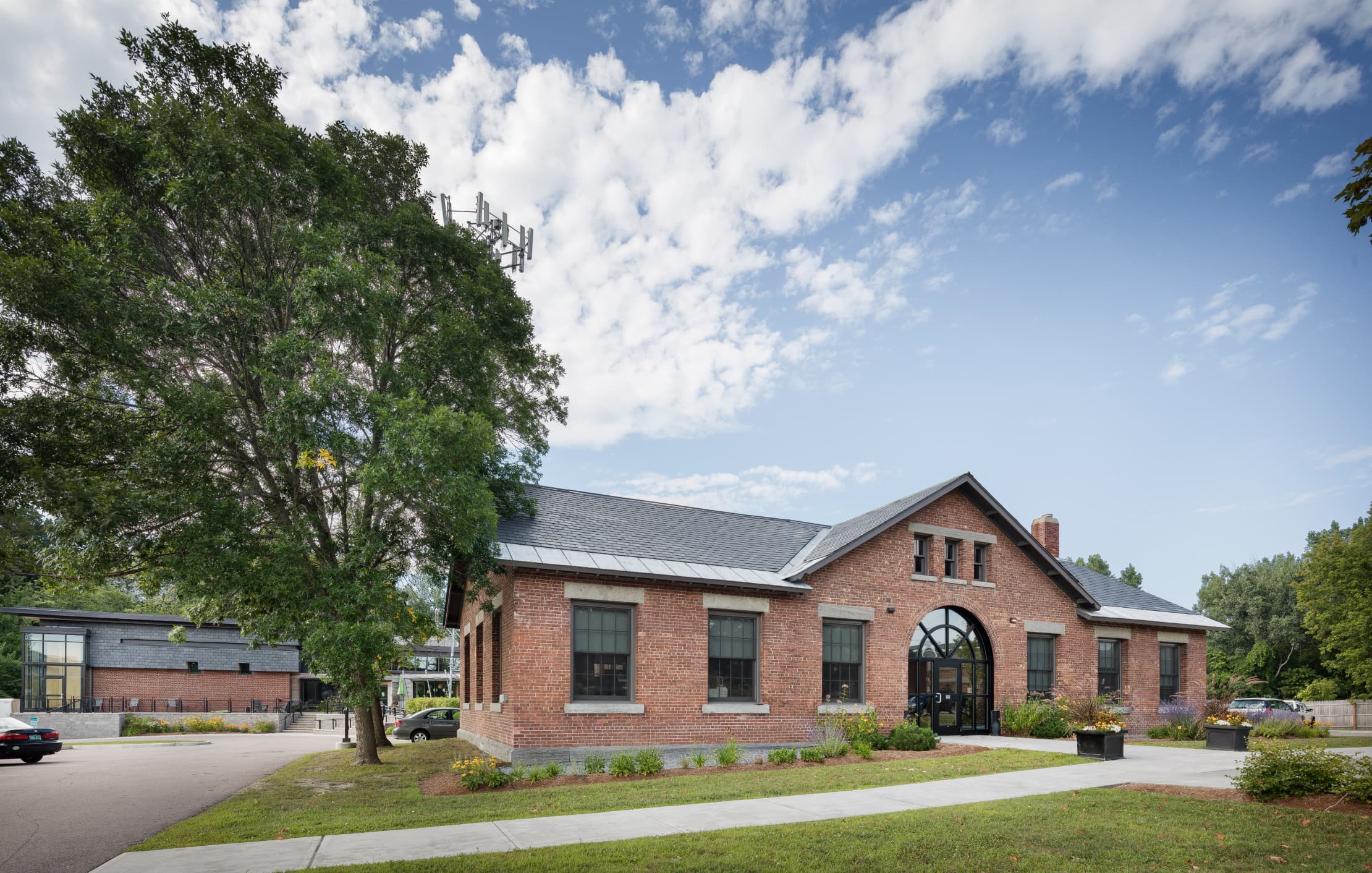

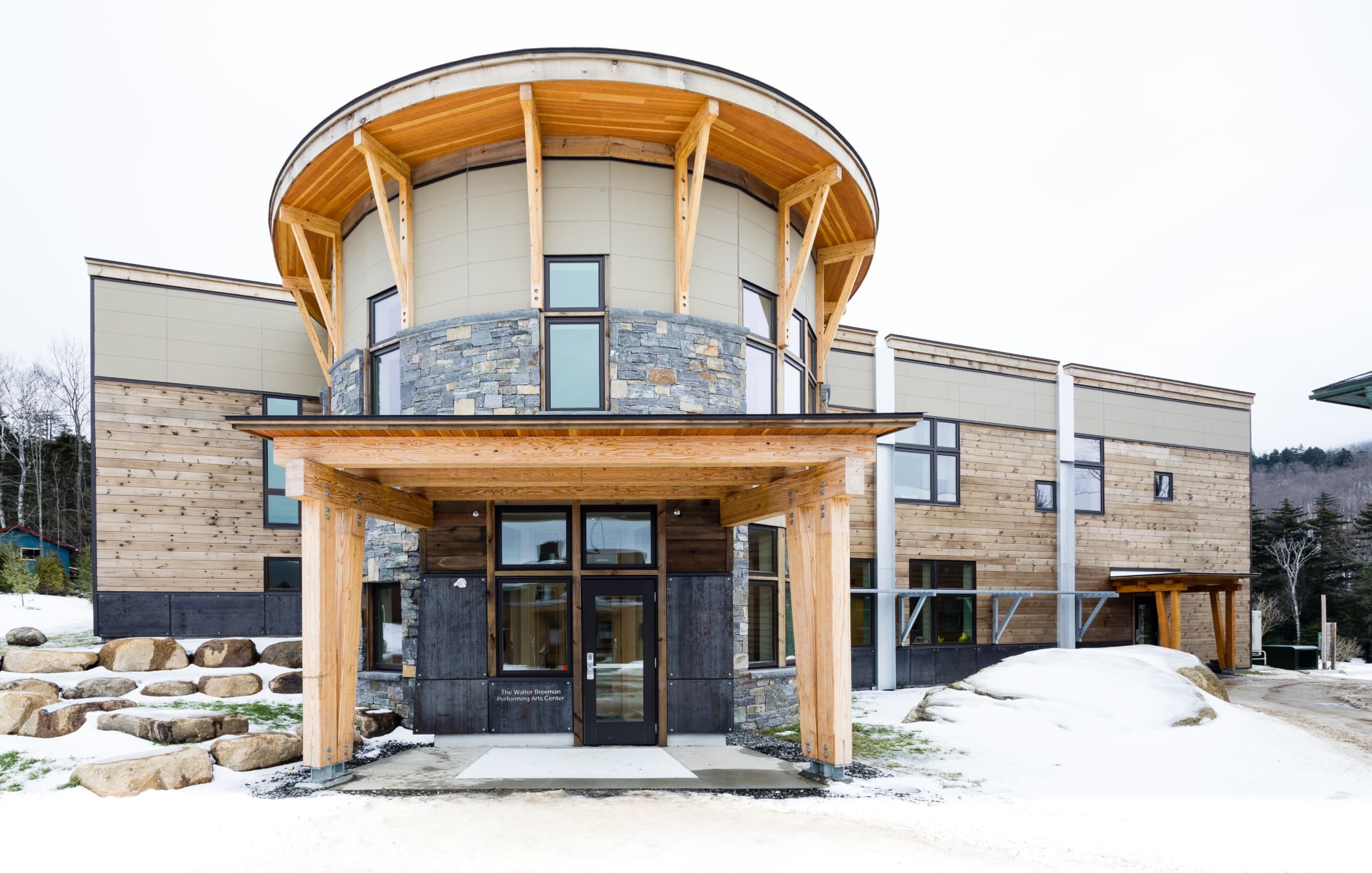
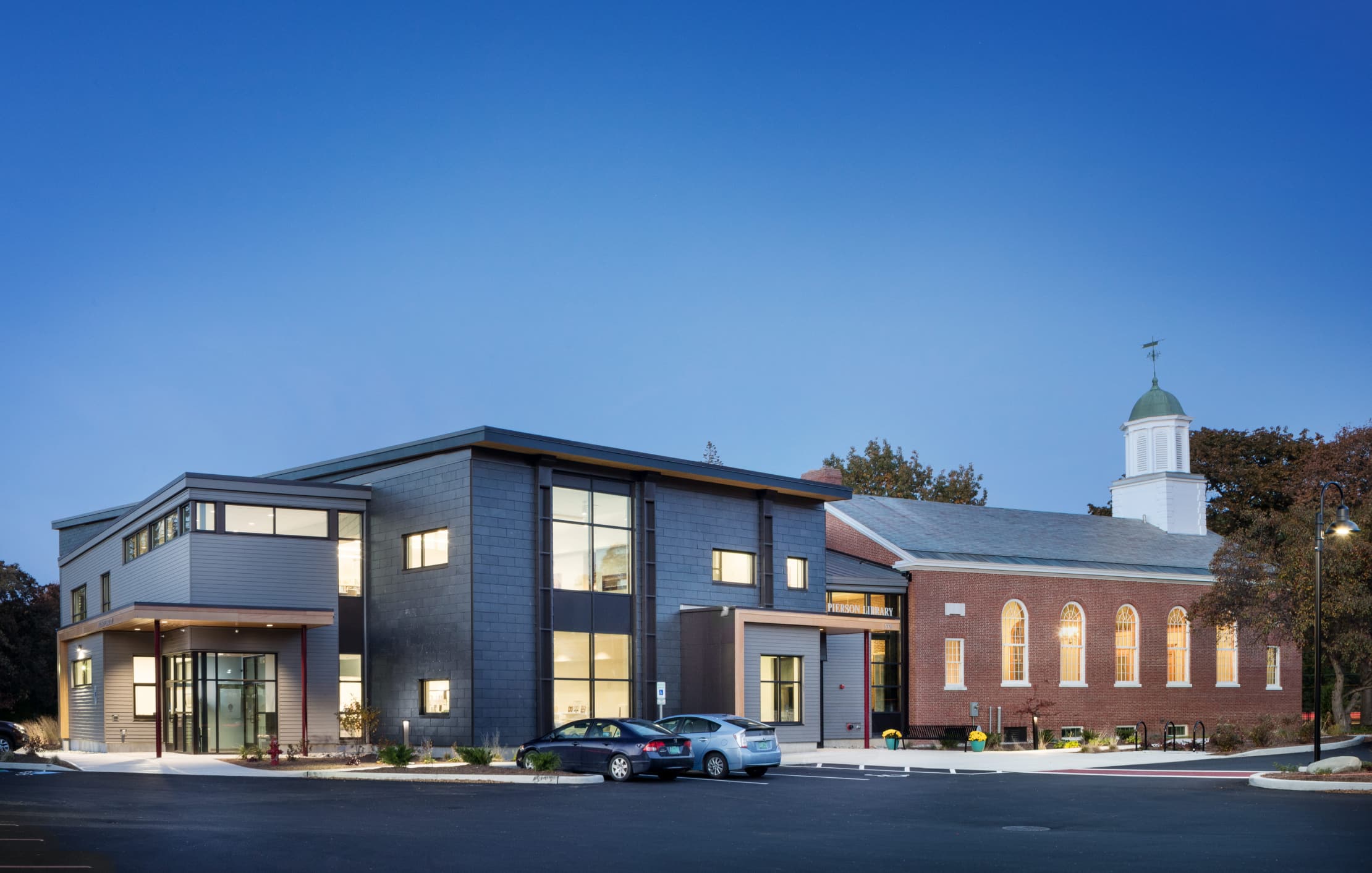
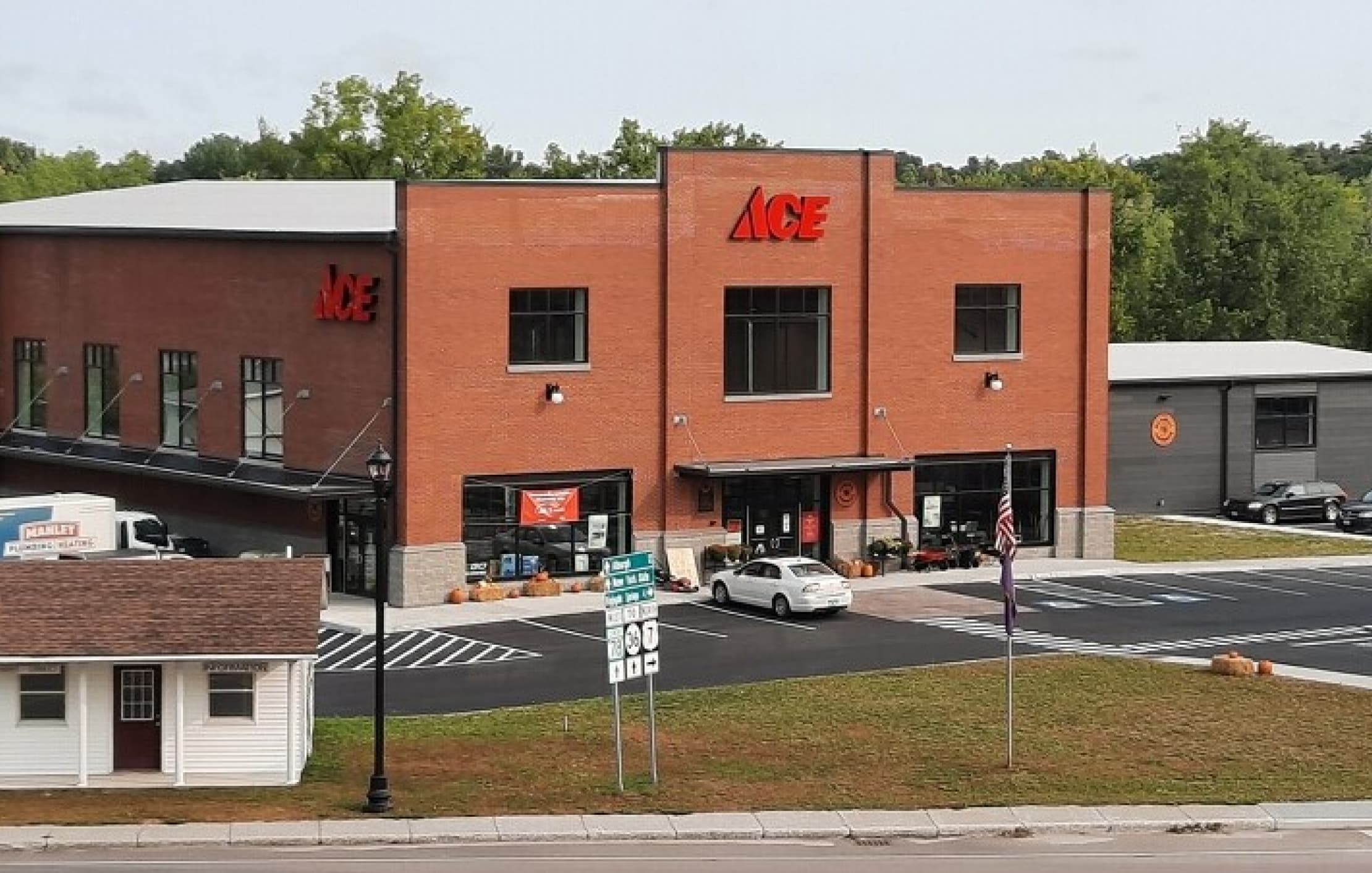

 View All Projects
View All Projects